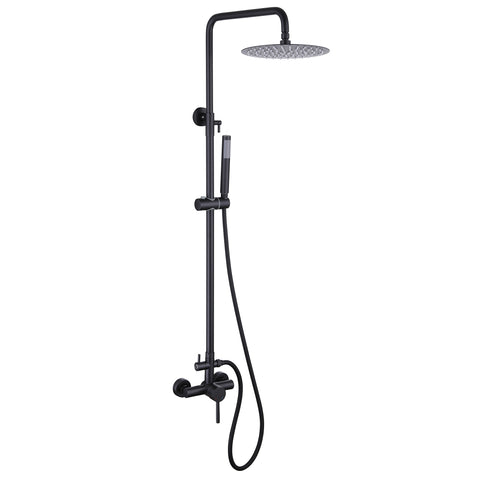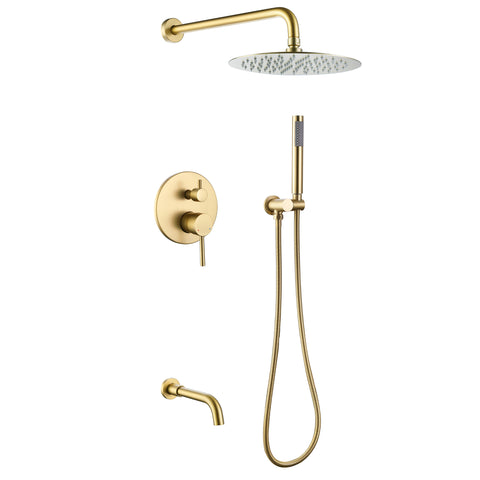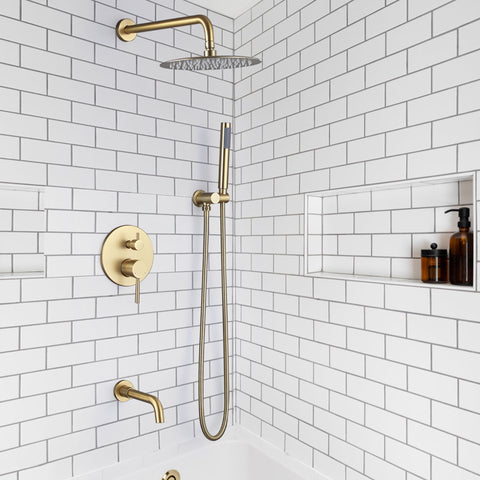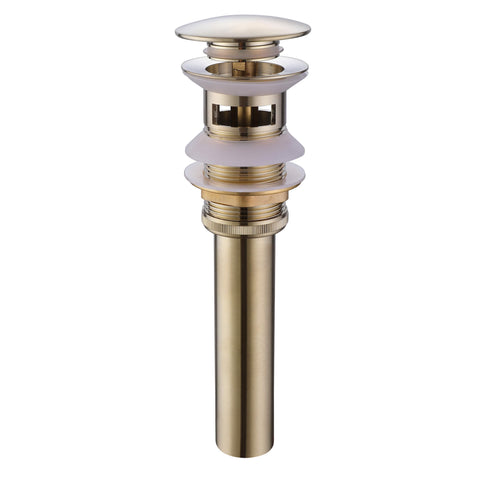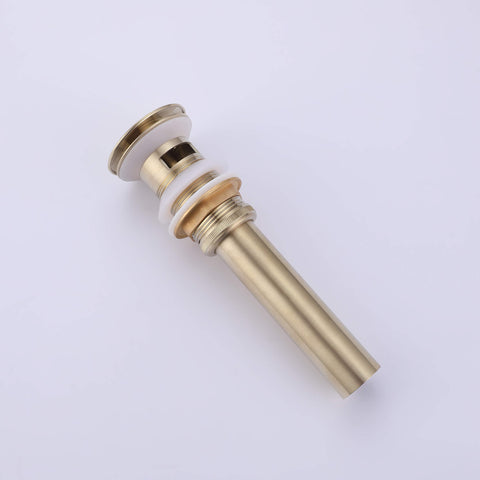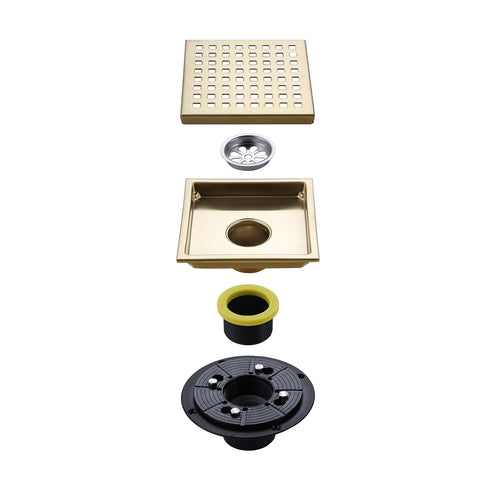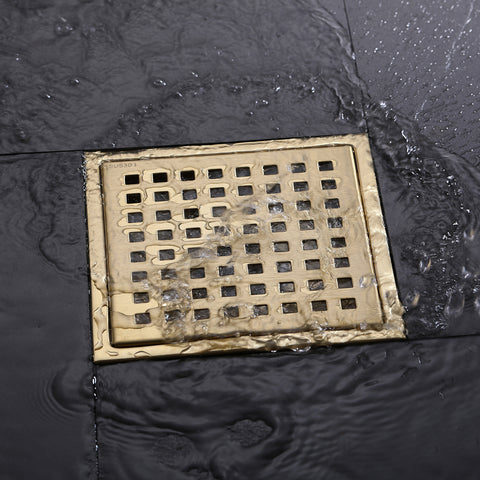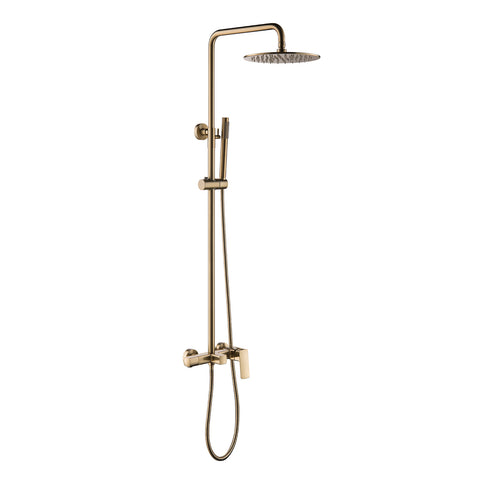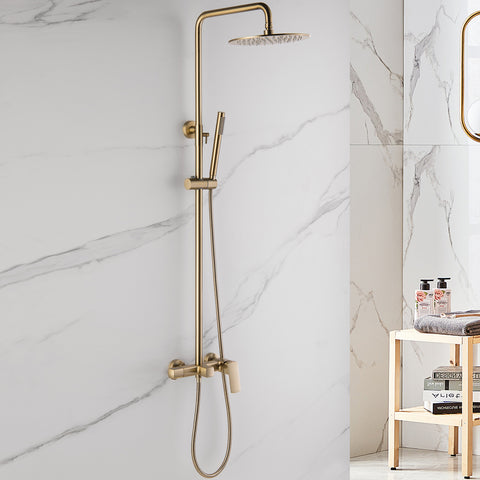How to Replace the Seal on a Kitchen Faucet?
If your kitchen faucet is dripping, it may be due to a worn, loose, or damaged cartridge. In most cases, the issue is caused by an aged or compressed seal that needs replacing. The complexity of the repair depends on the faucet type and where the leak occurs.

The Kitchen Faucet Has Several Seals
Kitchen faucets contain multiple sealing rings—some located at the spout, others placed for safety at critical connection points. If you're replacing one seal, it’s best to replace them all to avoid future leaks and unnecessary rework. Common seal locations include:
- Where hot and cold water inlets connect
- Between the sink and the water supply pipe
- Under the cartridge in single-handle mixer taps
- Between the handle and the internal water chamber
Seals Are Wear-and-Tear Components
Over time, seals made of rubber or plastic degrade—they become dry, brittle, and crack. This aging process is why leaks typically occur after several years of use. Replacing all seals at once minimizes the risk of future leakage and extends your faucet’s lifespan.
How to Replace a Seal in the Supply Line
If you notice a drip under the sink, the problem might be in the supply pipe. Here's how to replace that seal:
- Shut off the water supply at the valve.
- Loosen the union nut using a wrench or pipe wrench.
- Drain any remaining water into a bucket.
- Remove the old gasket completely, clean the area, and install the new seal.
Replacing the Seal Inside the Faucet
To access internal seals, you'll need to disassemble the faucet fitting. If the fitting is corroded or damaged beyond repair—often due to lime buildup—you may need to replace the entire faucet. Large mineral deposits can distort the seal, compromising the fit and causing leaks even after replacement.
